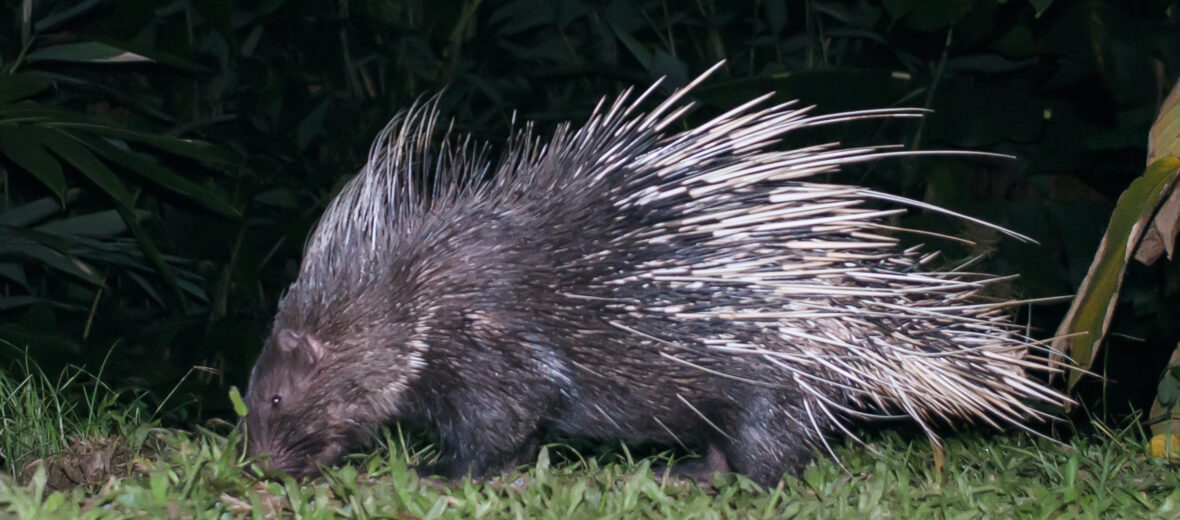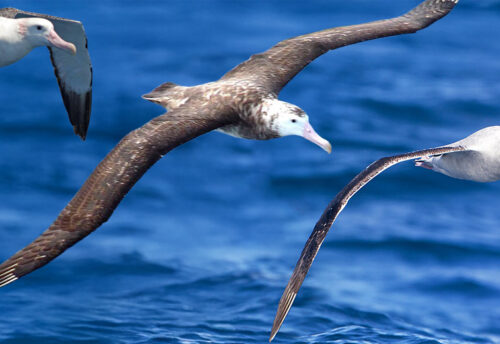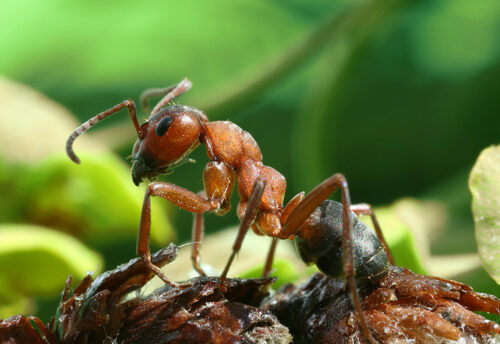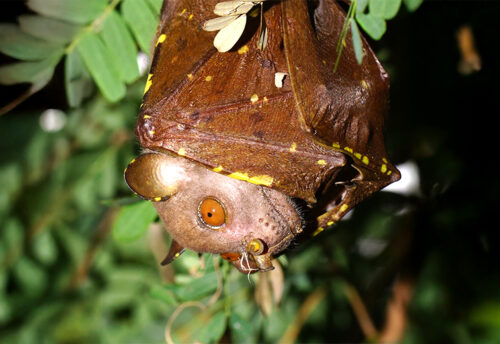
The Malayan porcupine can be found in South and Southeast Asia. There are 3 known subspecies of this porcupine recognized. Like many other porcupines, they prefer various forest habitats and areas near forests. They can also be found near agricultural areas, where food is more plentiful. They are derived from their Late Pleistocene ancestors. Back when Borneo, Sumatra, and Palawan were part of Sundaland. Boy, I remember those days. What a time… Due to their stable numbers, these critters are listed as Least Concern by the IUCN.
First the Stats…
Scientific name: Hystrix brachyura
Weight: Up to 18 lbs.
Length: Up to 2.74 feet
Lifespan: Up to 27 years
Now on to the Facts!
1.) Like all known porcupines, they are terrestrial (spend their lives on the ground).
2.) Malayan porcupines are nocturnal (active at night).
3.) They tend to live in and around dens near rocky areas and around exposed tree roots.
4.) As is the case with porcupines, they can also swim, if needed.
5.) These omnivores (eat both plant and animal matter) feast on bark, roots, tubers, fallen fruit, insects, carrion, and large seeds.
But wait, there’s more on the Malayan porcupine!
6.) They are preyed upon, albeit carefully, by leopards, tigers, and dholes.
7.) Malayan porcupines are part of the rodent family, as such, their teeth never stop growing.
Did you know…?
Their sharp quills are made of rigid hair follicles. These modified hairs harden as they age. Just in case you were wondering how the heck a mom can give birth to a living pin cushion. When born, the hairs are soft.
8.) These porcupines create extensive burrows which lead to huge networks of tunnels under their surrounding habitats. This allows them mobility during the daytime without being exposed to the daylight and subsequent predators.
9.) Females birth between 2 – 3 pups each season.
10.) Contrary to popular belief, porcupines can’t eject their quills. Rather they raise them up in a threatening display and if an attacker gets too close, they will thrust their spines into the unlucky recipient, thus breaking off the quill or quills into the creature.
Now a Short Malayan Porcupine Video!
Also, check out the Critter Science YouTube channel. Videos added frequently!
Want to suggest a critter for me to write about? Let me know here.



